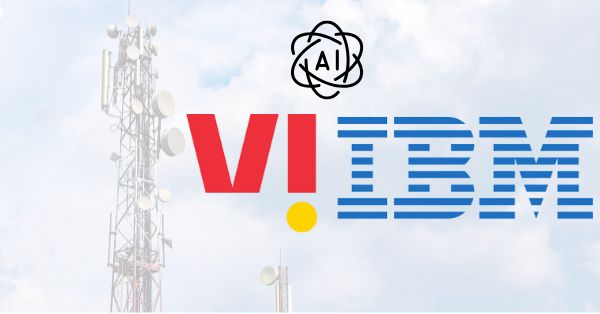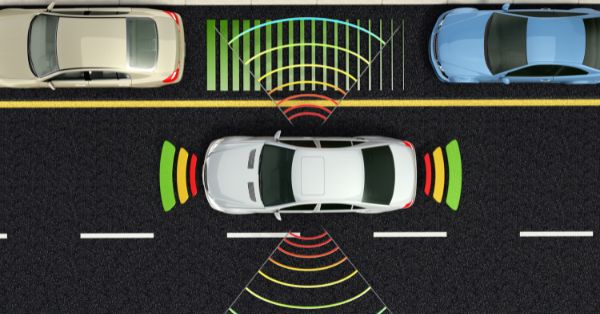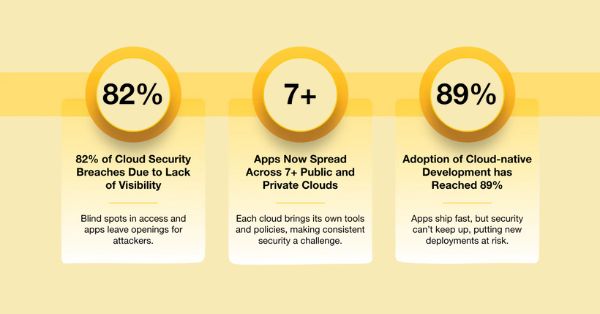World Telecom Day, celebrated annually on May 17, is a moment to reflect on the profound role telecommunications play in shaping modern life. From connecting families across continents to powering economies, public safety, education, and healthcare, robust communication networks are more than just technological marvels—they are the foundation of global progress.
This year’s celebration carries even greater significance as the world stands on the cusp of transformative changes in connectivity, driven by technologies such as 5G, 6G, Artificial Intelligence (AI), Internet of Things (IoT), and cloud computing. These innovations are not only accelerating digital transformation but redefining how humanity communicates, collaborates, and innovates.
At the center of this evolution is Niral Networks, a pioneering force in open, secure, and sovereign network solutions. As India accelerates its digital journey and the telecom world embraces AI-native architectures, Niral Networks is enabling smarter, more agile, and more inclusive communication ecosystems. On this World Telecom Day, the company celebrates the power of connection—and looks ahead to a future where innovation continues to bring people, industries, and ideas closer than ever.
The Essential Role of Telecom in Everyday Life
Telecom networks are the invisible infrastructure behind the scenes of daily life. Whether making a video call, streaming a film, managing a smart home, or conducting remote surgery, people rely on secure and uninterrupted connectivity. As the COVID-19 pandemic starkly revealed, telecom infrastructure is essential, not optional.
In the developing world, mobile connectivity is driving economic participation and financial inclusion. In cities, 5G networks are empowering smart mobility and traffic optimization. In rural regions, telecom towers are enabling access to education and remote medical diagnostics. The scope and impact of connectivity go far beyond convenience—it is a fundamental enabler of equity and progress.
5G: Accelerating the Present
In 2025, 5G networks are becoming the new norm in many regions, offering faster speeds, lower latency, and greater reliability. These attributes enable a wide range of next-generation applications: autonomous vehicles, real-time telemedicine, immersive gaming, precision agriculture, and advanced industrial automation.
For Niral Networks, 5G represents not just a leap in speed, but a shift in architecture. The company’s cloud-native, software-defined network solutions allow enterprises and governments to deploy private 5G networks that are agile, customizable, and secure. By abstracting away vendor lock-in and enabling programmable infrastructure, Niral helps its clients take full advantage of 5G’s transformative potential.
India, in particular, is undergoing a strategic transformation with the rollout of indigenous 4G and 5G networks. The state-owned BSNL, backed by the Indian government’s push for self-reliance in telecom, is deploying 100,000 4G towers as a foundation before switching to 5G. This phased approach ensures network stability, scalability, and service quality. Companies like Niral Networks are contributing to this sovereign telecom journey by supporting cloud-based orchestration, network slicing, and automation tools that are built in India, for India.
The Horizon of 6G: AI-Native and Immersive
Even as 5G scales up, the industry is already looking ahead to 6G—a future standard expected to launch commercially in the early 2030s. But development and standardization efforts are well underway.
6G will be AI-native by design, leveraging machine learning at every layer—from the physical interface to the core network. It will deliver ultra-high bandwidth, sub-millisecond latency, and connect trillions of devices across the globe. It will also support advanced services like holographic communication, real-time digital twins, tactile internet, and extended reality (XR) environments.
A defining feature of 6G is its promise of universal connectivity, where people, machines, and environments remain seamlessly connected whether they are underground, at sea, or in the air. With spectrum innovation efforts like Extremely Large Aperture Arrays (ELAA) and low-band refresh initiatives by the 6G Foundry, the foundation for 6G is being laid now.
Niral Networks, with its deep expertise in network intelligence and edge-native platforms, is well-positioned to support the transition from 5G to 6G. By leveraging AI, intent-based automation, and distributed edge architectures, Niral is enabling networks that are not only faster but also context-aware and self-optimizing.
AI and the Cloud: The Brains Behind the Network
The synergy between AI and cloud computing is perhaps the most transformative trend in telecom today. AI is revolutionizing how networks are designed, managed, and secured. It predicts failures, automates fault recovery, balances traffic dynamically, and enhances Quality of Service (QoS) for end-users.
According to Synergy Research, cloud infrastructure spending reached $94 billion in Q1 2025—a 23% year-over-year growth—largely driven by AI workloads. This demand is leading to the construction of GPU-powered hyperscale data centers, like PLDT’s new facility in the Philippines, purpose-built to handle AI training, inference, and large-scale data processing.
But these data centers must also be sustainable. In response to growing energy demands, operators are investing in greenfield and brownfield developments that prioritize energy efficiency and renewable power. Ambient IoT devices, powered by environmental energy sources like light and radio frequency, are emerging as a low-impact solution for wide-area sensing and telemetry.
Niral Networks contributes to this ecosystem by enabling AI-enhanced orchestration and edge compute infrastructure, critical for distributed AI workloads that require real-time responsiveness.
Security, Sovereignty, and the Future of Policy
In 2025, telecom is not only about performance—it’s also about sovereignty and security. Governments are increasingly asserting control over how data is transmitted, stored, and processed. In India, the Department of Telecom has introduced new rules that mandate lawful interception of satellite communications and prohibit cross-border data transfers for user connections and processing.
These policies reflect a broader global trend toward data localization and national digital autonomy. In such an environment, telecom operators and enterprises need network solutions that comply with domestic regulations while retaining flexibility and scalability.
Niral Networks is playing a critical role here by offering sovereign, open-source, cloud-native platforms that support in-country data processing, AI-based policy enforcement, and zero-trust security frameworks—all built to meet India’s emerging digital regulatory landscape.
Innovation in IoT and eSIM
Another area of rapid advancement is IoT connectivity. Analyst firm ABI Research predicts that by 2030, over 1.1 billion ambient IoT devices will be shipped annually, most of which will be powered by light or RF energy. These self-powered devices are ideal for infrastructure monitoring, environmental sensing, and logistics tracking.
To manage these devices at scale, telecom providers are adopting standards like GSMA’s SGP.32 eSIM, recently implemented by Telenor IoT, to enable flexible, secure provisioning and lifecycle management of global IoT deployments.
Such innovations are setting the stage for hyper-connected environments, where billions of devices interact autonomously in real-time, enabled by edge-AI and network slicing capabilities that Niral Networks actively supports through its orchestration and automation solutions.
Looking Ahead: Connection as a Catalyst for Progress
As the telecom industry celebrates World Telecom Day 2025, the theme is clear: connectivity is not just infrastructure—it is empowerment. It is what enables a student in a rural village to access world-class education, a farmer to monitor crops via smart sensors, or a doctor to conduct remote surgery with millisecond precision.
Niral Networks remains committed to advancing this mission. With its suite of open, intelligent, and scalable network solutions, the company is enabling a new era of communication that is:
- AI-driven
- Edge-native
- Sovereign and secure
- Inclusive and energy-efficient
From 5G rollouts to 6G research, from ambient IoT to hyperscale cloud integration, Niral Networks is building the fabric of tomorrow’s digital society, one connection at a time.

































